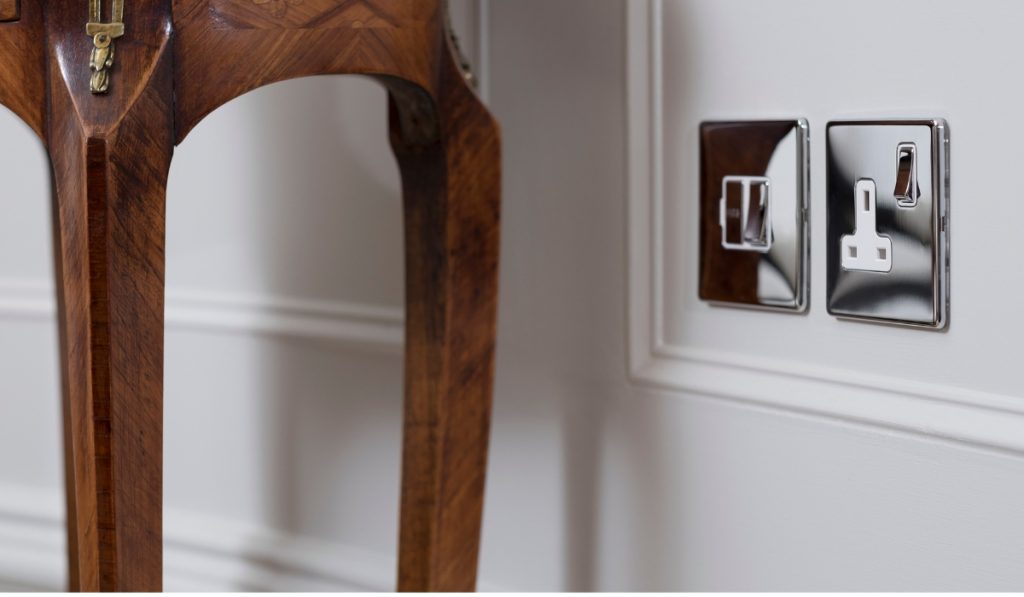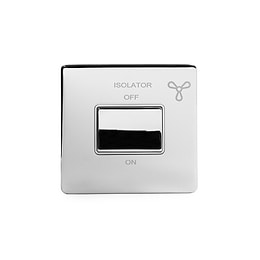What is an Isolation Switch?
What is an Isolation Switch?

An isolation switch is a crucial electrical safety device designed to disconnect a part of an electrical circuit from the main power supply, ensuring that the circuit can be safely worked on without any risk of electric shock. Isolation switches are often used in both residential and industrial settings to protect equipment and personnel. They provide a clear, visible means of cutting off electricity to specific circuits or devices, making maintenance, repairs, and emergency shutdowns safer and more straightforward.
Types of Isolation Switches
Isolation switches come in various types, each tailored for specific applications. Below are some of the most common types:
Fused Isolation Switches
Fused Isolator Switches or FCUs combine the function of a fuse and an isolator in one unit. The fuse provides protection by breaking the circuit if an overcurrent occurs, while the isolation function allows the circuit to be safely disconnected. Typically used in industrial settings where high-power equipment is involved, such as large machinery or HVAC systems.
Double Pole Isolation Switches
Double Pole Isolation Switches disconnect both the live and neutral wires, ensuring that the entire circuit is completely isolated from the power supply. Commonly used in domestic installations, particularly for isolating appliances like cookers or water heaters. They provide a higher level of safety compared to single-pole switches.
Rotary Isolator Switches
Operated by turning a handle, rotary isolators are often used for high-current applications. They are available in different configurations, including single-pole, double-pole, and multi-pole versions. Widely used in commercial and industrial environments to isolate machinery or specific sections of an electrical system.
Key Operated Isolation Switches
These switches can only be operated using a key, providing an extra level of security to prevent unauthorized access. They ensure that only authorized personnel can disconnect or reconnect the circuit.
Used in areas where strict control over electrical isolation is required, such as in factories or high-security environments.
Main Isolator Switches (Mains)
This is the primary isolation switch for a building or installation, typically found in an electrical box inside the home, or ‘the mains’. It disconnects the entire electrical supply to a property. Essential for safely performing maintenance or electrical work on a building’s wiring. It is usually operated during major electrical work or in emergencies.
Isolation switches are fundamental components in ensuring electrical safety, providing a reliable means to disconnect circuits from the power supply. Understanding the different types and their applications helps ensure that the right switch is used for the right job, enhancing both safety and efficiency in electrical installations.
[related_products is_auto_added="1"]









